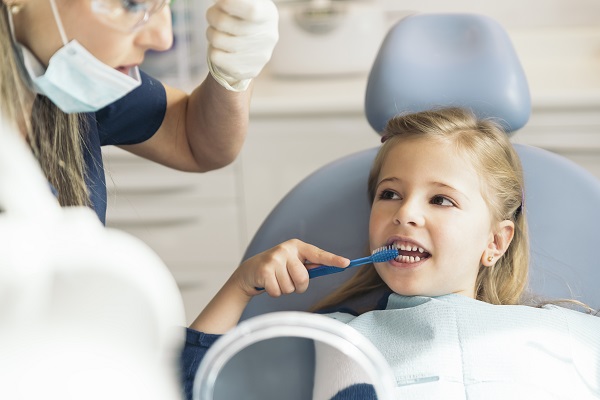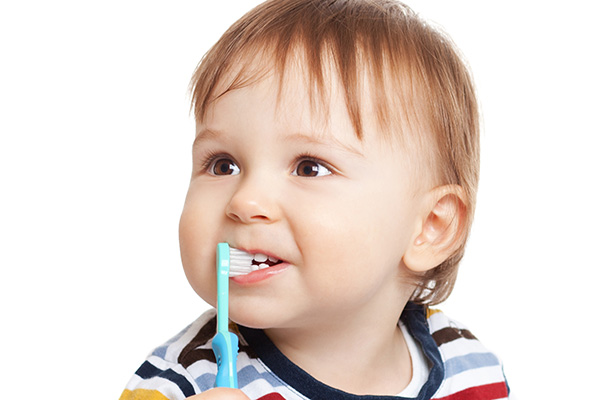Preventive Dentistry: 7 Things You Need to Know About Sugar and Your Dental Health

Preventive dentistry centers around a few core values: Practice good daily oral hygiene, never skip a dental cleaning and avoid sugar. Steering clear of sugary food and drinks is one of the pillars of dentistry.
Read on to discover the seven things you need to know about the connection between sugar and tooth health.
7 Ways sugar and your dental health are connected
1. Bacteria feeds on sugar
The mouth is teeming with bacteria, both good and bad. Everything we consume feeds these bacteria, groups of unicellular organisms which are nourished by starches and sugars. Colonized bacteria present as dental plaque. As a result of digestion, the bacteria produce acid. The acid then eats away at tooth enamel. This is what causes tooth decay, and eventually cavities.
Foods and beverages that are packed with sugar encourage exponential bacteria growth and can lead to a sharp increase in cavities.
2. Consuming food and drink high in sugar can negatively affect oral health
Sugary drinks to avoid: Sweetened coffee drinks, soda, lemonade, sweetened tea, orange juice, sports drinks, hot chocolate and alcoholic beverages. Lemonade and orange juice, on top of being sugary, are also high in acid. Adding acid into the equation can only make things worse. However, drinks like these are fine in moderation.
Make sure to avoid candy, cakes, pastries, syrup and acidic fruit like oranges or grapefruit. Sticky, sweet foods are the worst enemies of teeth. The combination of residue that sticks around and sugar is the perfect storm for the formation of tooth decay.
3. Sugar lowers your mouth pH
Any pH level below seven indicates an acidic environment in the mouth. When pH hits those levels, the saliva turns acidic and starts to disintegrate the enamel on teeth. The enamel is composed of minerals, and acidity breaks down these minerals and begins to dissolve the outer layer. This makes the tooth susceptible to decay.
4. Sugar inhibits the functionality of the salivary gland system
Sugary residue can change the composition of saliva, and can even lead to dry mouth. When saliva is unable to clean the teeth thoroughly, the teeth are at a heightened risk for cavities.
5. Dietary habits that cause cavities
Continual snacking or sipping throughout the day is far inferior to eating balanced meals and drinking plenty of water. Coffee and sugary drinks are highly acidic on top of the elevated sugar levels, so avoid them at all costs if you wish to have a healthy smile. If you must satisfy your cravings and cannot avoid these harmful beverages completely, sip them through a straw to minimize contact with the teeth.
Frequent snacking increases the time teeth are exposed to the destructive dissolving qualities of sugar.
6. Good oral hygiene
Proper oral hygiene is your first defense against a sugar-rich diet. Brushing your teeth after every snack or drink is not always doable, but remembering to brush your teeth at least twice per day can help to keep bacteria produced by sugar at bay. Practice good oral hygiene to encourage a routine backed by preventive dentistry and to fortify tooth structure against sugary attacks.
7. Dental cleanings and sugar
Cleanings can stave off the effects of sugar, but the tooth structure is still threatened by consuming high amounts of the sweet stuff. Even if teeth are professionally cleaned every six months, sugar can do an immense amount of damage between cleanings. This is why preventive dentistry plays such an important role in protecting teeth from the effects of sugar.
Request a dentistry appointment here: https://www.orthodonticprecision.com or call Precision Orthodontics & Pediatric Dentistry at (703) 391-8800 for an appointment in our Reston office.
Check out what others are saying about our services on Yelp: Preventive Dentistry in Reston, VA.
Recent Posts
Dental exams from the pediatric dentist are necessary to keep your child's dental health on track. The primary (baby) teeth of your child prepare the way for their permanent teeth. According to the American Dental Association and the American Academy of Pediatric Dentistry, a child should see a dentist when their first teeth emerge or…
Understanding the dental issues your pediatric dentist can treat will give you peace of mind. Children tend to be prone to falls and bumps. They are fond of sweets, and their teeth are still developing. Catching and treating pediatric dental issues early is important for your child’s dental health. If you want to know the…
Seeing your pediatric dentist before your baby’s first tooth erupts will help you prepare for that special moment. The changes you will face may be overwhelming at first, but you and your baby will surpass them. You must know what you can about your baby’s first tooth. If you want to find out about the…
Two of the most common pediatric dental treatments for cavities are fillings and crowns. Both dental fillings and dental crowns offer unique benefits, but one may be preferable to another depending on the specifics of the cavity needing treatment. This review discusses why a pediatric dental professional opts for either a filling or a crown.…


